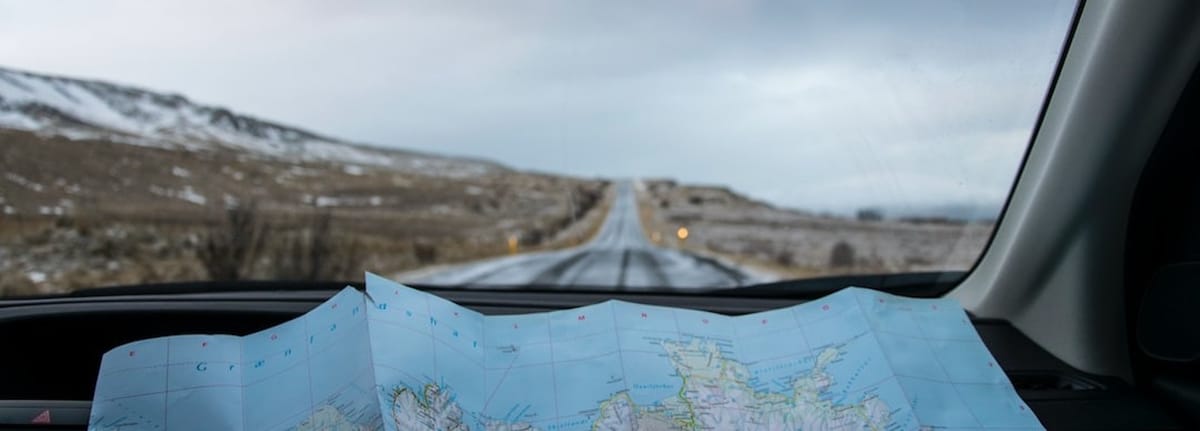FCC Added Just Over 1 Million Net New Locations in Broadband Map Fabric Slated For Spring Release: Chairwoman
Chairwoman Jessica Rosenworcel said the second version of map fabric ‘largely completed.’
Ahmad Hathout

WASHINGTON, March 23, 2023 – The head of the Federal Communications Commission said Thursday that the commission added just over one million net new broadband serviceable locations after processing challenges and improving data models in its second round of data collection that ended March 1.
In a mapping update blog post, chairwoman Jessica Rosenworcel noted that the net additions to the map – where fixed broadband could be installed – came after it added 2.96 million new locations and removed 1.92 million locations from the first version of the fabric released in November.
The chairwoman also said the second version of the fabric, which underpins the broadband map, is “largely completed” and is slated for a release later this spring. The map will be used by the National Telecommunications and Information Administration to spread among the states by June 30 the $42.5 billion from its Broadband Equity, Access and Deployment program.
“In the past four months, our mapping team has processed challenges to availability data for over 4 million locations,” Rosenworcel said in the post. “In other words, on average, we are addressing availability challenges to tens of thousands of locations every single day. Every two weeks, our public map is updated to reflect all availability challenges that have been resolved. In other words, the system is working.”
The chairwoman noted that the one-million-location difference suggests that the net adjustment from the last version of less than one percent in the number of serviceable locations “says that, on balance, the November pre-production draft of the National Broadband Map painted a helpful picture of where high-speed Internet service could be available.”
Previously, the chairwoman said challenges that sought corrections to the data corresponded to less than one percent of the total number of locations identified.
Rosenworcel also noted Thursday that important corrections and additions to the data were made, including “data refreshes to more sophisticated tools” that helped remove structures like garages and sheds. The most significant additions were in Alaska, U.S. territories and tribal lands, she said.
The challenge process led to nearly 122,000 new location additions, she noted, but also added that the majority of location adds were due to the updates and dataset model refinements by the agency’s contractor CostQuest.
“While over time we expect future versions of the Fabric to require fewer refinements,” Rosenworcel added, “these ongoing efforts to improve the Fabric outside of the challenge process will continue and will remain an important tool for the improvement of the National Broadband Map.”










Member discussion